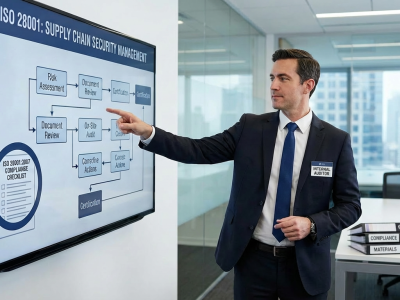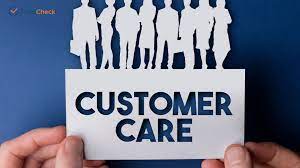Customer Care
Objective: Learn the best ways to gain and maintain customer satisfaction. Define your role in satisfying the customer. Contents: Chapter One: Understanding Customer Service What is meant by customer service and care? The importance of customer care. The concept of …
Overview
Objective:
- Learn the best ways to gain and maintain customer satisfaction.
- Define your role in satisfying the customer.
Contents:
Chapter One: Understanding Customer Service
- What is meant by customer service and care?
- The importance of customer care.
- The concept of good service.
- The two main components of service: tangible and intangible elements.
- The subjective nature of service evaluation.
- The Customer Satisfaction Model.
Chapter Two: The Importance of Customer Care
- The reasons why customers withdraw or leave.
- The difference between customer service and customer care.
- The “impossible task” of customer care and how to achieve it.
- The wise words of Gandhi and Sam Walton on the importance of the customer.
- The customer as the “boss” and their impact on the company.
- The benefits of customer care for both the company and the customer service representative.
- The cycle of success that never stops.
Chapter Three: Providing Excellent Service
- The role of company management in customer care.
- The three elements of customer care: Attitude, Attention, and Action.
- How to show a positive attitude towards customers.
- The importance of listening and observing customers.
- Improving communication skills and the principle of communication.
- The benefits of understanding first in communication.
- Tips on how to listen effectively.
- Phone conversation skills and the importance of voice.
- Taking action and fulfilling promises to customers.
Chapter Four: Handling Complaints
- The importance of preventing and addressing complaints.
- The reasons why customers don’t complain.
- The benefits of encouraging customers to complain.
- How to handle mistakes and complaints effectively.
- Addressing objections and ensuring customer understanding.
Target Audience:
- Customer service representatives and employees who interact directly with customers
- Managers and supervisors responsible for customer service teams
- Anyone interested in improving their customer care skills
Tools Used in Training:
- Presentations: Interactive slideshows to explain concepts and illustrate examples
- Practical exercises: Role-playing and simulations to practice customer care skills
- Group discussions: Exchange ideas and experiences among participants
- Case studies: Analyze real-life customer service scenarios
- Videos: Demonstrate effective customer care techniques
Expected Outcomes:
- Enhanced understanding of the importance of customer care
- Improved communication and listening skills
- Increased ability to handle complaints and objections effectively
- Greater confidence in providing excellent customer service
- Increased customer satisfaction and loyalty






